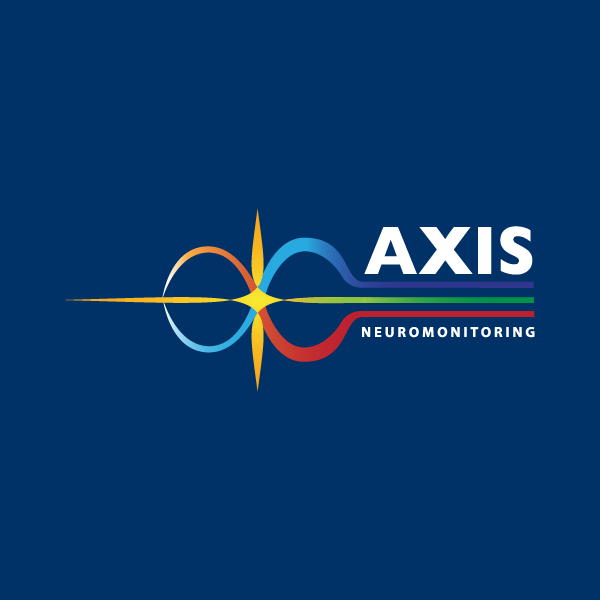Preventing Nerve Injury in PLIF Surgery with Real-Time EMG Monitoring
October 24, 2025
Posterior Lumbar Interbody Fusion (PLIF) offers patients a path to relief and stability when lower back pain and radiculopathy can’t be managed conservatively. But the same spinal access that makes PLIF effective also puts delicate neural structures at risk. In this case, intraoperative neuromonitoring (IONM) with EMG provided the early warning the surgical team needed to avoid permanent damage.
Why Neuromonitoring Matters in PLIF
The PLIF procedure involves removing the intervertebral disc and placing a bone cage to restore disc height and promote fusion between vertebrae. Screws and rods then stabilize the spine to ensure proper healing. While this approach can relieve nerve root compression, the margin for error is narrow—misplaced hardware or aggressive manipulation can damage nerve roots, resulting in weakness, numbness, or, in severe cases, paralysis.
Continuous EMG and triggered EMG (T-EMG) give surgeons real-time feedback on nerve root proximity. Subtle electrical signals can reveal when an implant or screw is too close to sensitive structures, allowing immediate adjustments before permanent injury occurs.
Case Study: Patient History and Surgical Plan
A 73-year-old female presented with severe lumbar radiculopathy affecting the L3–S1 segments. Her medical history included hardware from prior lumbar surgeries, chronic degeneration at multiple levels, and mild haloing around existing screws—complicating new hardware placement. Radiological imaging showed severe degeneration at L1–L2 and scarring from L4–S1, increasing the risk of nerve entrapment.
Given the progressive pain and instability, the surgeon planned an L3–S1 fusion extension with multiple PLIFs.
Neurophysiology Monitoring Strategy
The patient was positioned prone with arms in a superman position. The monitoring plan included:
- Spontaneous EMG: To detect nerve root irritation during implant placement.
- Triggered EMG: To assess screw proximity to nerve roots by measuring compound muscle action potentials (CMAPs).
Intraoperative Findings and Intervention
During placement of the left L3–L4 implant, spike train EMG activity was detected from the left Tibialis Anterior (L TA)—a clear sign of nerve irritation. Recognizing the risk, the surgeon immediately removed the implant. EMG activity stopped, confirming that the implant had been pressing on or too close to the nerve.
The surgeon reassessed hardware placement using O-arm X-ray imaging. A suspicious L5 screw showed a stimulation threshold of 7mA—lower than the safe threshold of 10mA seen in other screws—indicating it may have been breaching medially toward the spinal canal. The screw was repositioned until EMG readings confirmed it was safely away from neural structures.
Outcome: Early Detection Prevented Lasting Damage
With real-time EMG feedback, the surgeon avoided nerve contact that could have caused significant postoperative pain or weakness. By responding immediately to abnormal signals, the surgical team was able to reposition implants and hardware safely, ensuring the patient would not wake up with unexpected deficits.
What If Neuromonitoring Hadn’t Been Used?
Without electromyography, the initial implant might have remained in place despite pressing on the nerve. The patient could have faced permanent nerve damage, severe leg pain, or weakness—possibly requiring additional revision surgery.
Real-Time Feedback. Real-Time Protection.
This case highlights why continuous neuromonitoring is essential for complex spinal fusions:
- Early Warnings: EMG signals catch nerve contact immediately.
- Safe Adjustments: Surgeons can correct hardware placement before damage occurs.
- Better Recovery: Patients avoid additional surgeries and complications.
When it comes to spinal surgery, precision and protection go hand in hand.?
For more on how intraoperative neuromonitoring can enhance the safety and outcomes of your spinal procedures, contact our team today.



